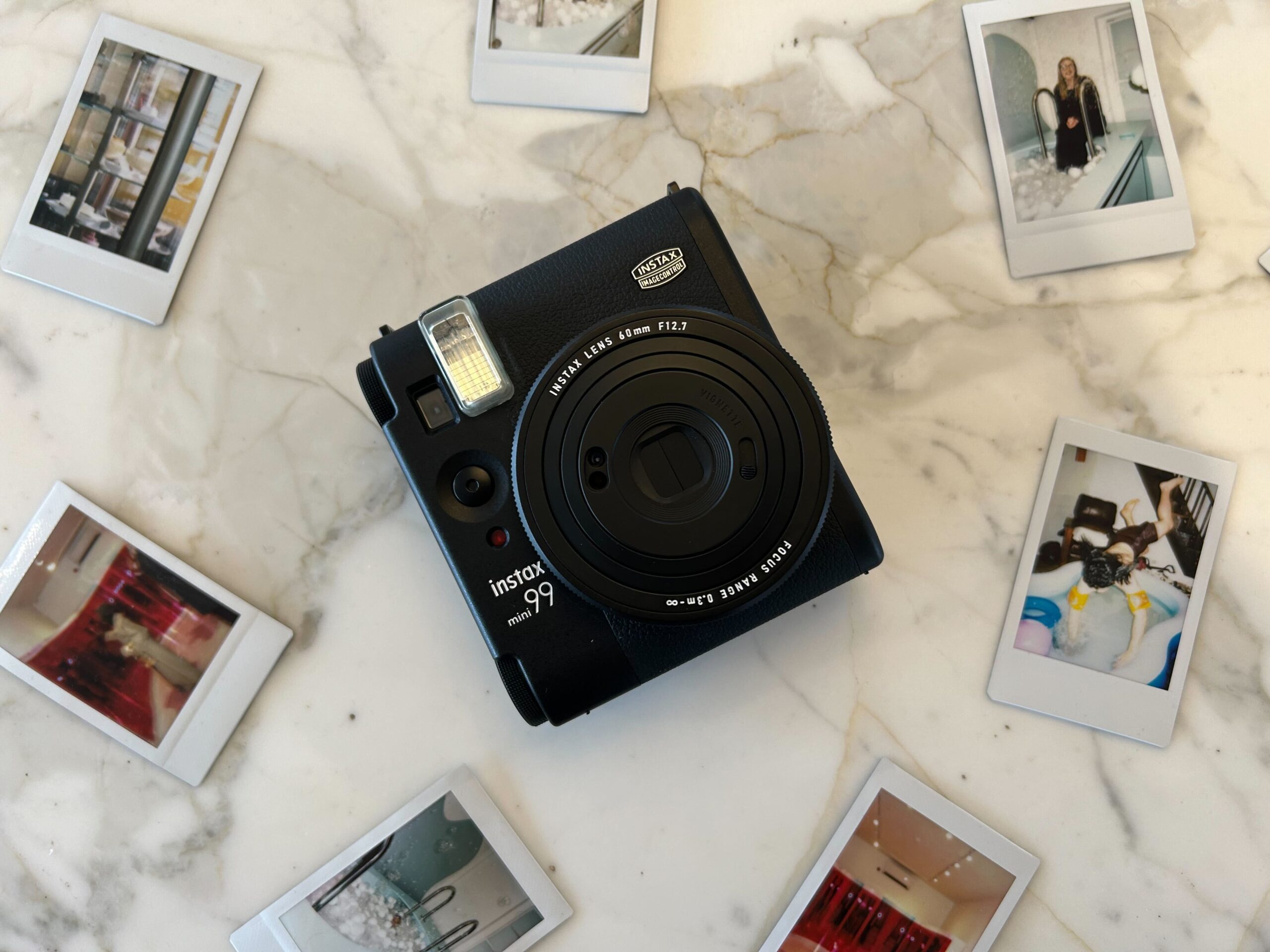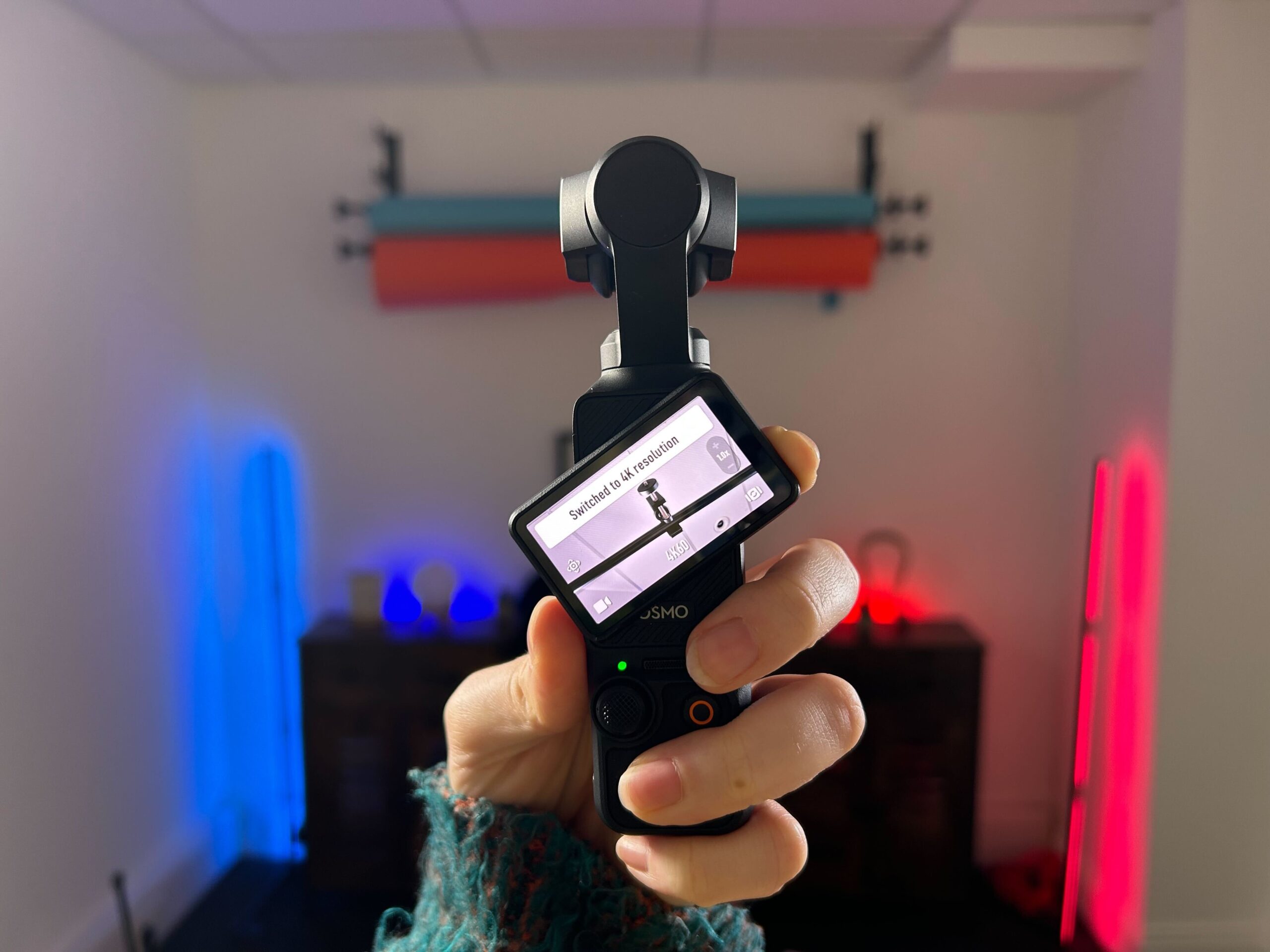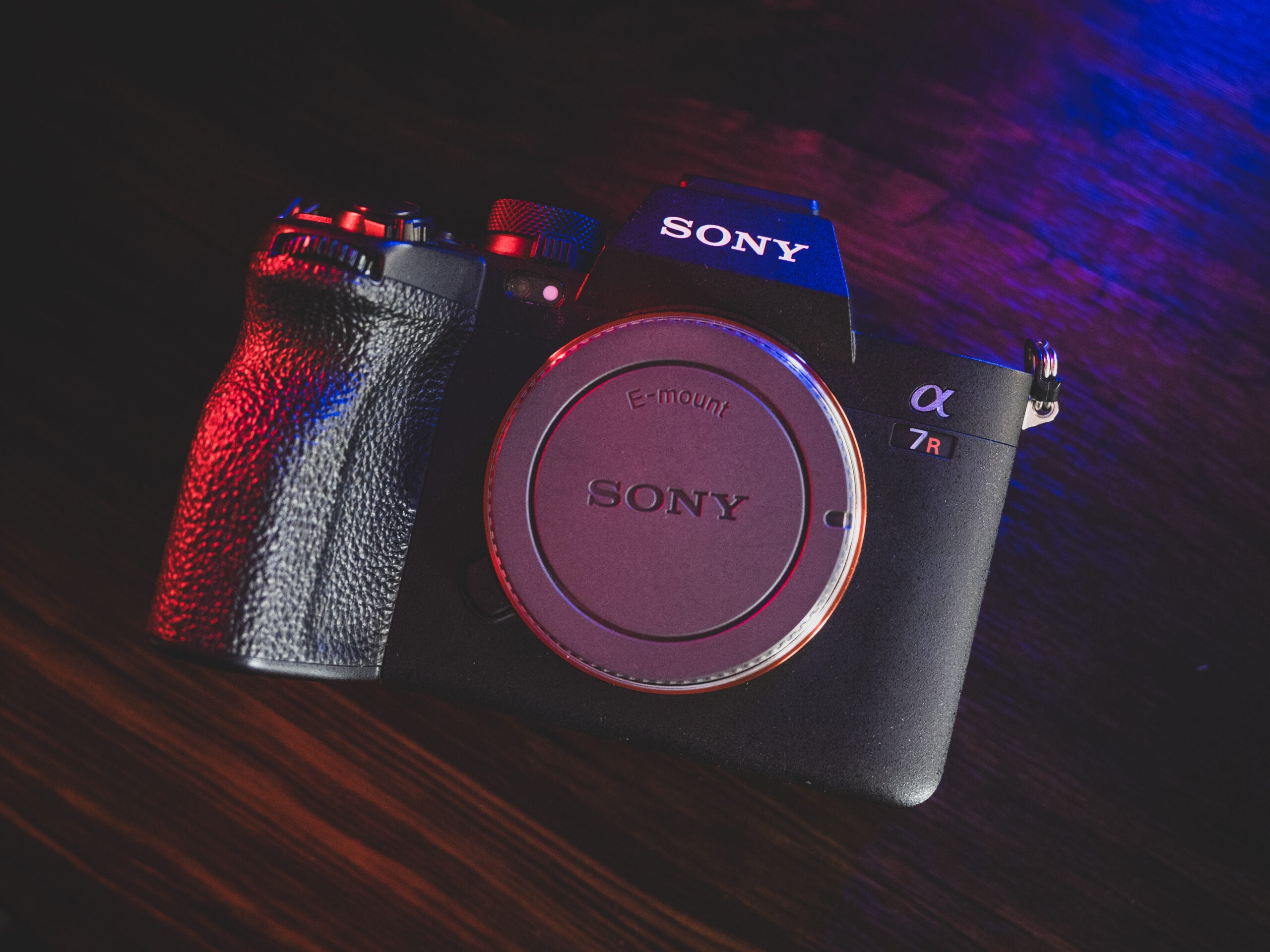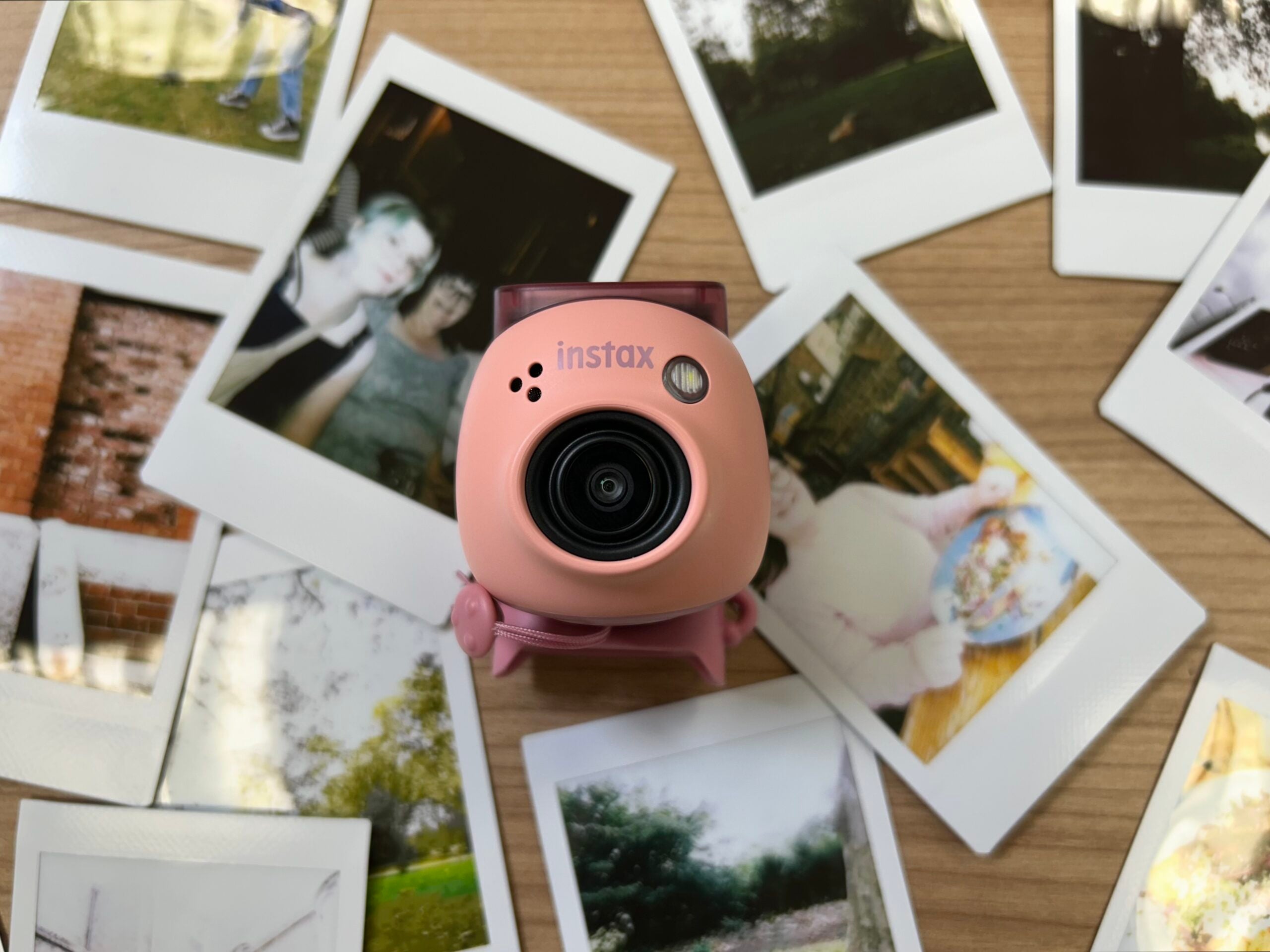Canon EOS R6 Mark II Review
One of the most all-round full-frame cameras on the market
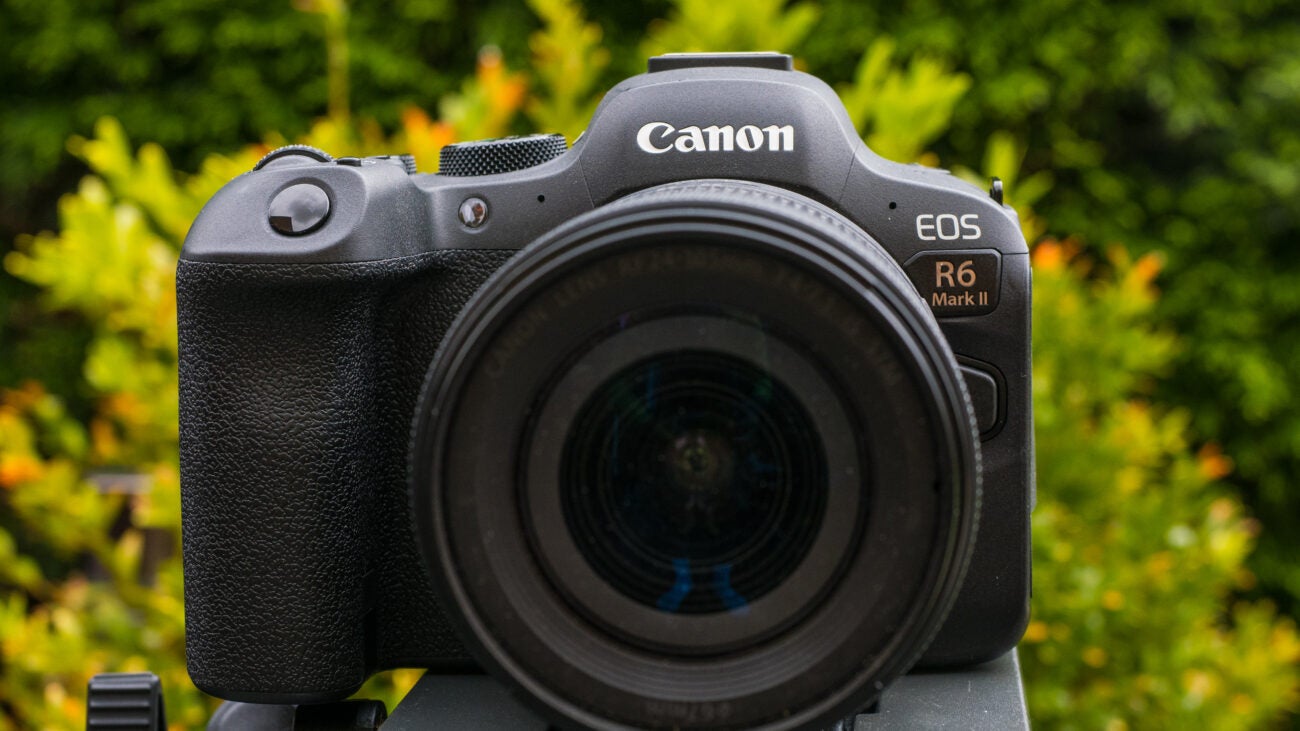
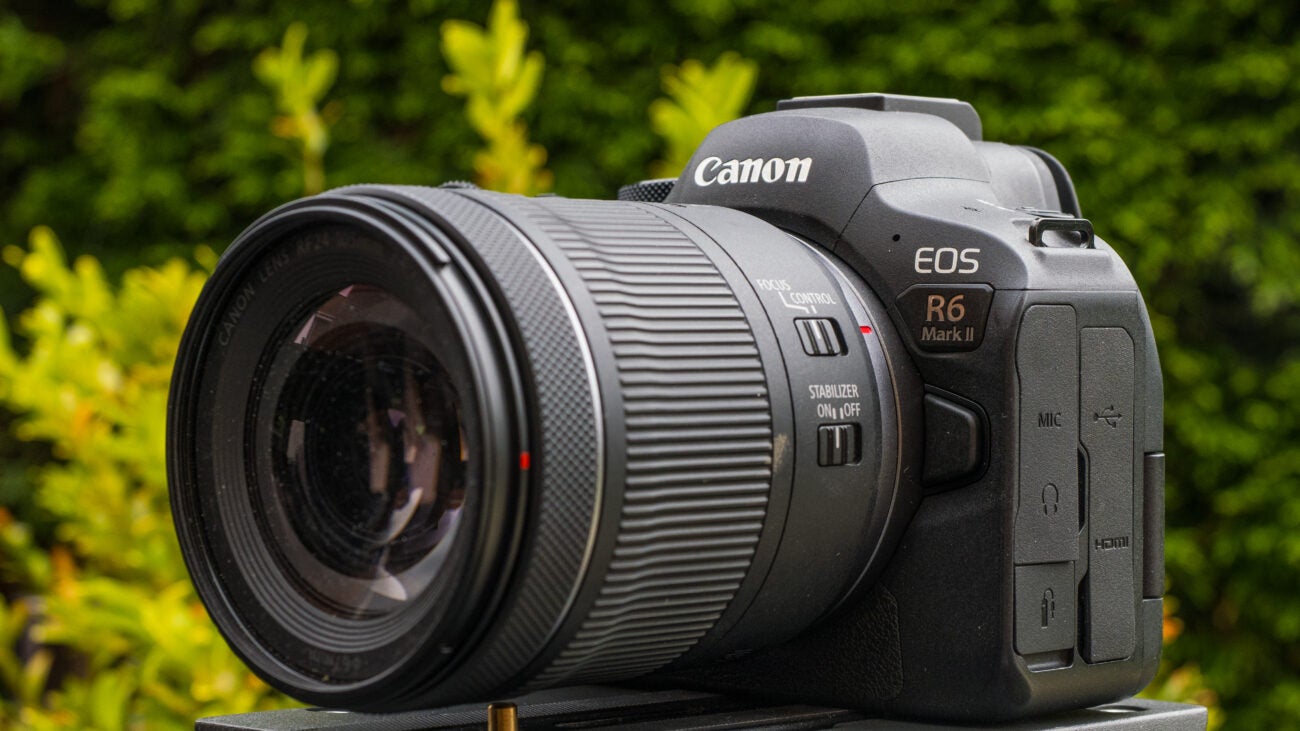

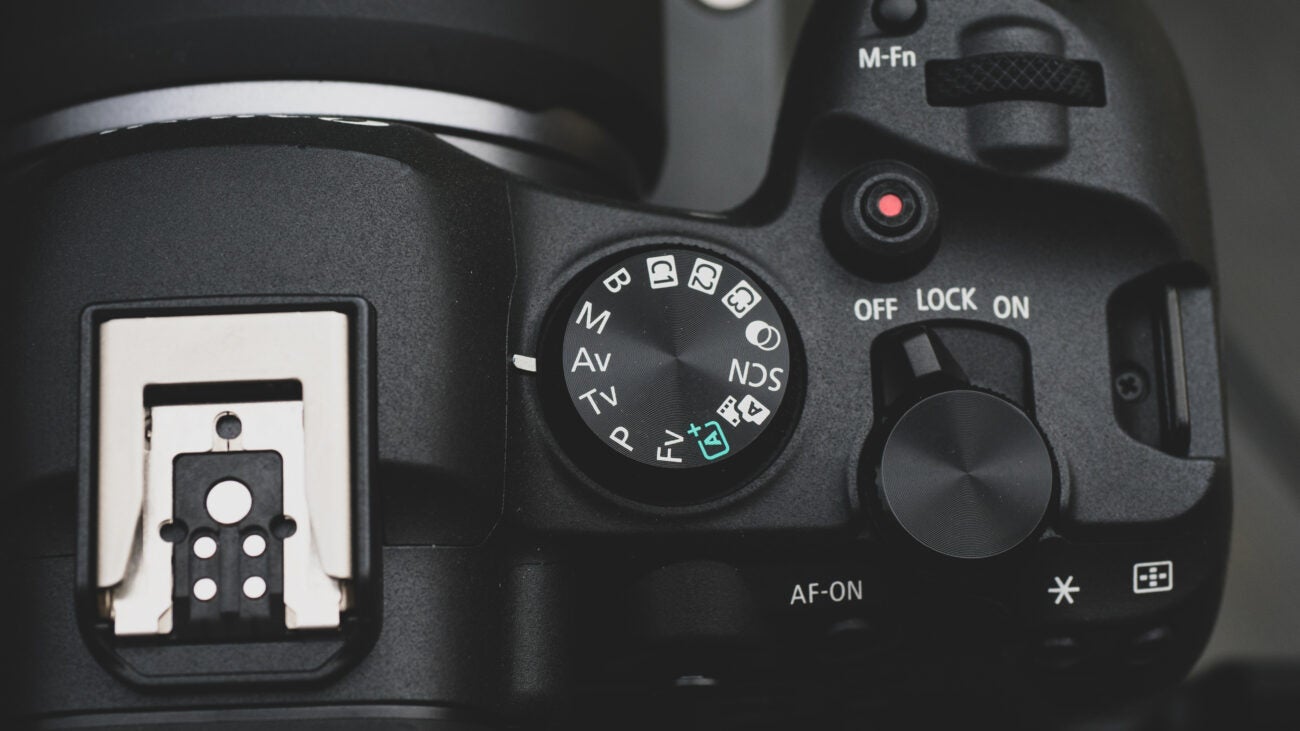
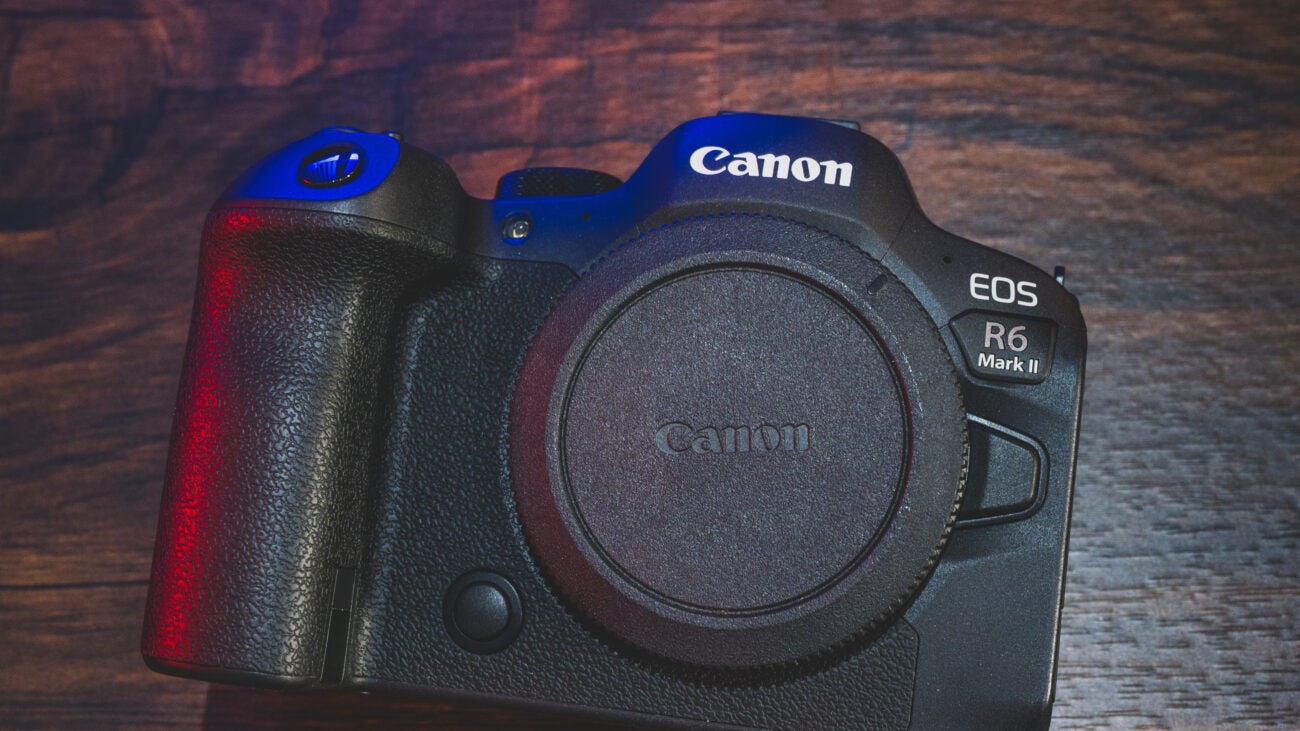
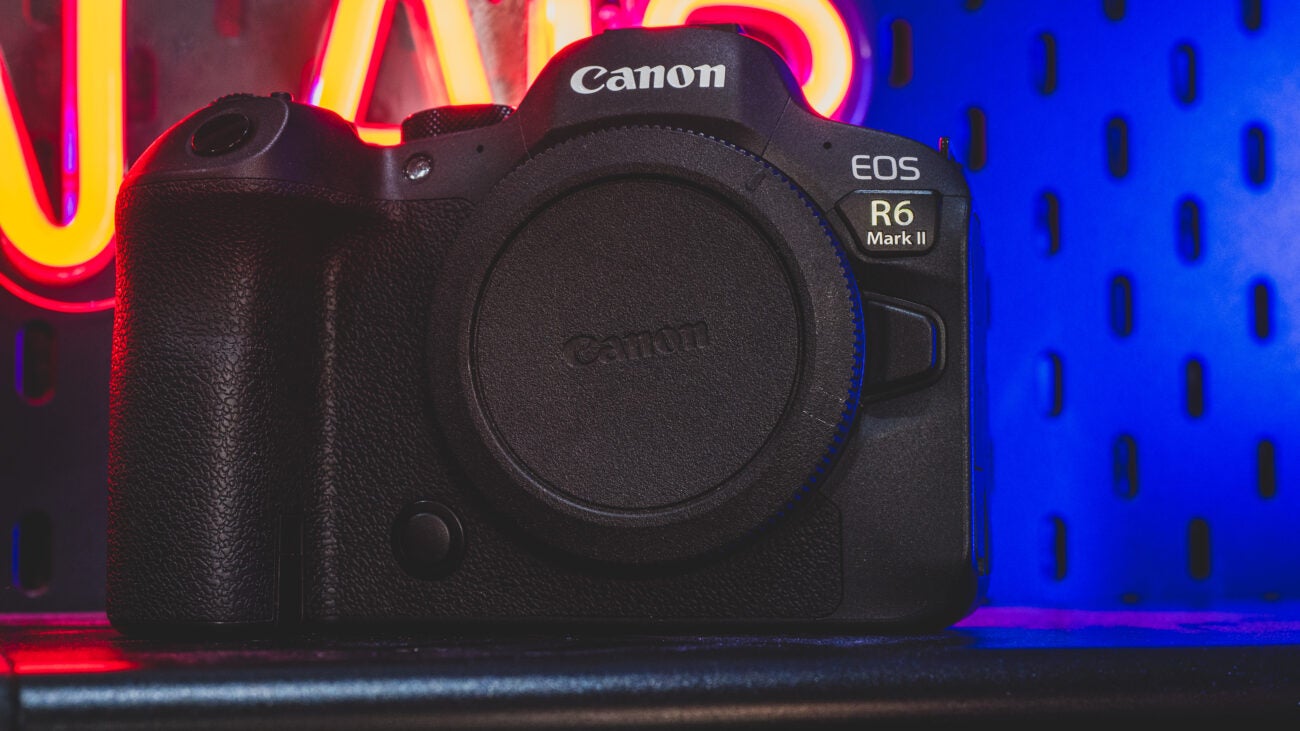




Verdict
One of the most all-round full-frame cameras on the market, the Canon EOS R6 Mark II does a huge amount of things right, but perhaps doesn’t go far enough to warrant an upgrade from the original R6. Those looking to step up from smaller sensor cameras to full-frame will not be disappointed and the R6 Mark II can deliver professional-quality stills and video content.
Pros
- Increase in resolution to 24-megapixel
- Major video enhancements
- Dual SD card setup
Cons
- Lower resolution than rivals
- No 4K slow motion option
Key Features
- 24MP sensor:Decent 24-megapixel full-frame sensor
- Video features: Advanced movie functions with no crop on 4K video
- Fast and efficient autofocus system:Features a Dual Pixel CMOS AF II Autofocus system
Introduction
Canon was fairly late to the mirrorless party, but has quickly made up ground with the launch of a whole range of both full-frame and crop-sensor mirrorless cameras that all use the latest RF lens mount.
Back in 2020, the launch of the original R6 was something special however, as (along with the R5), it was the first full-frame Canon mirrorless camera to feature In Body Image Stabilisation (IBIS). Fast forward three years and the replacement R6 Mark II has big boots to fill.
While it’s true the Mark II does still hold on to features from the older R6, it’s also correct that the Mark II does bring a lot of new technology to the table. This may be tempting for those who are looking to buy their first full-frame Canon, but do the new features and functions warrant an upgrade to existing R6 users? Here are my thoughts.
Design
- Redesigned top-place with dedicated photo/video switch
- Lock level on on/off switch
- New multi-pin hotshoe
While the Canon EOS R6 Mark II looks very similar to the original R6 and tips the scales at exactly the same weight (680g) and size (138x98x88mm), there are some important design changes that make operation quicker and simpler.
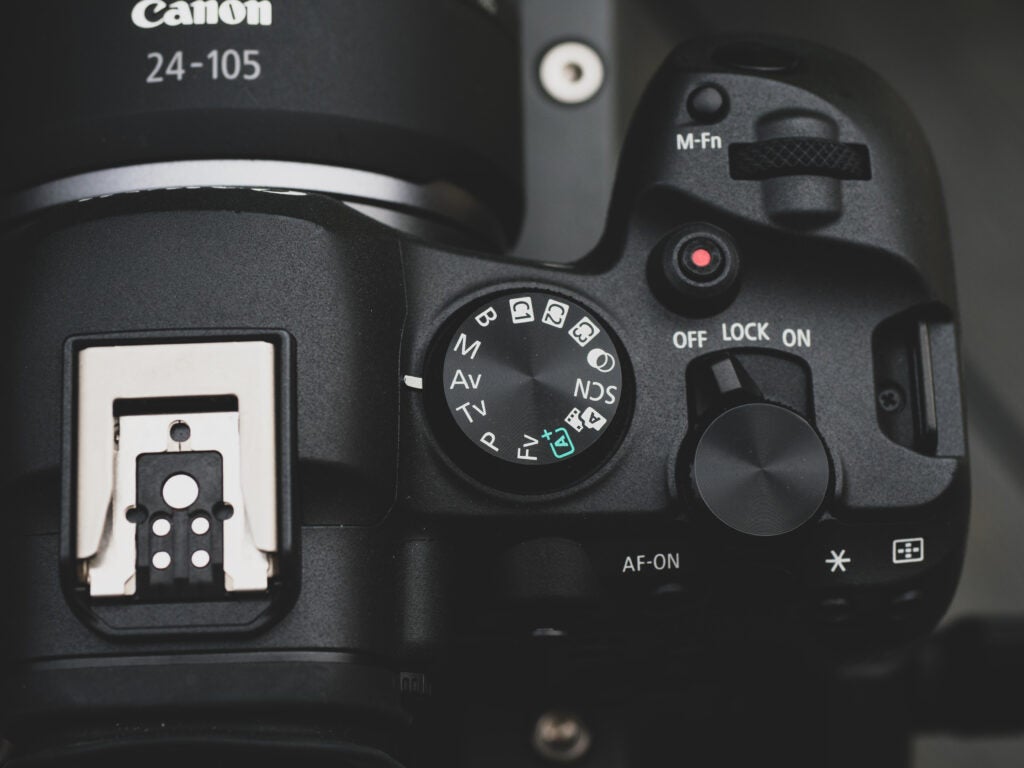
The most obvious among these is the on/off switch, which moves from the left side of the top plate to the right and gains a lock position too. In its place, Canon has introduced a dedicated switch to instantly jump from Photo/Video mode – much like the one found on the professional-level Canon R5C.
The button layout on the back of the camera is the same as the older R6, apart from a slightly redesigned joystick that can be used for changing AF points quickly and it should also be pointed out that the 3-inch LCD and the Electronic Viewfinder are the same as the older R6 too.
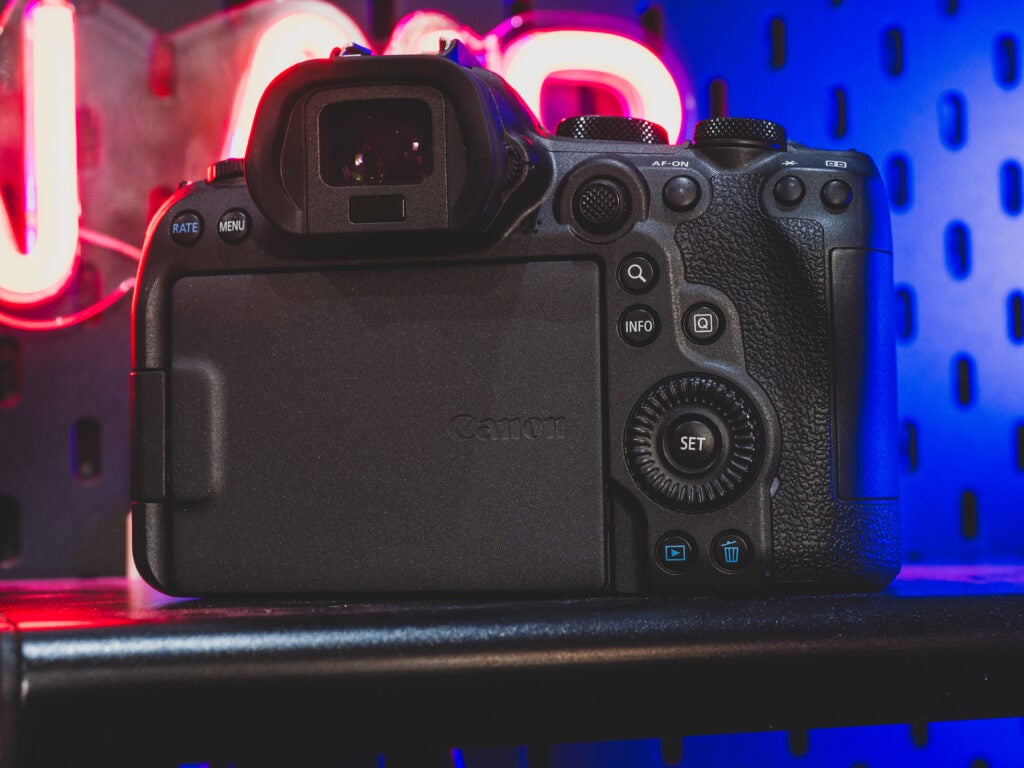
The grip of the camera is well proportioned and lends itself to a strong hold for the user and although the build of the camera doesn’t feel as solid as Canon’s older DSLRs such as the 5D Mark IV – mainly due to the use of polycarbonate in the body – it’s robust enough and the camera offers a fair degree of weather sealing.
One last note on the design, which users will notice when they look at the mode dial, is that Canon has added additional options. For example, there is now Scenes mode and also Creative Features, which offer mode help to photographers to get the right settings for the scene they are shooting and also offers a fast-track way to be creative in-camera.
Features
- Fast burst mode
- Accurate autofocus
- In-camera computational features
If you are looking for a camera that will perform well in a whole host of photographic situations then you will find a friend in the Canon EOS R6 Mark II.
If you love shooting landscapes, the higher resolution will create files that can be printed large – in excess of A3, while sports and wildlife photographers will appreciate the max burst rate of 12 frames per second when used with the mechanical shutter, which is the same as the older R6. Switch to the electronic shutter however, and you can shoot up to 40 frames per second – double the speed of the 20 FPS from the older R6 and more than enough for even the most demanding of action sequences.
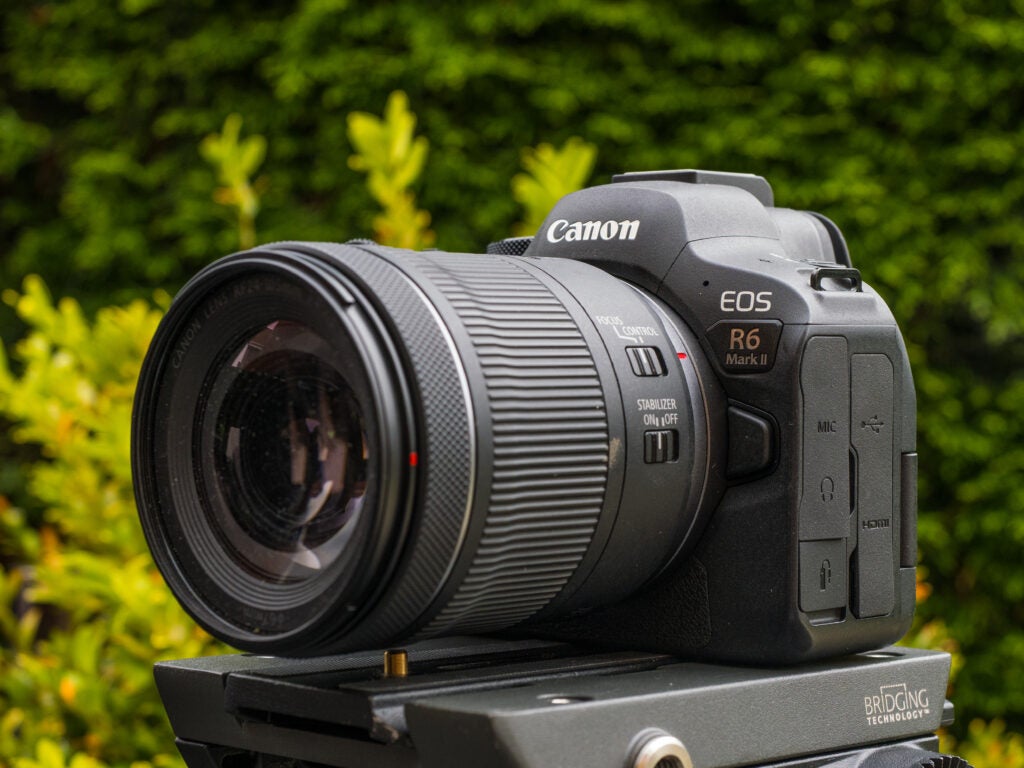
Of course, speed is nothing without control and this is provided by a very efficient autofocus system that makes use of Canon’s Dual Pixel AF II technology to provide fast and efficient performance that locks on to subjects quickly and accurately.
There is subject detection, Face detection and Eye detection – something which will make the lives of portrait photographers easier and it’s quite surprising just how well these features work, with the Eye detection kicking in even when the subject is fairly far away from the camera and appears to be small in the frame.
The R6 Mark II also includes Pre Shooting, a feature that enables users to capture the action a half second before the shutter button is fully pressed. This will help you capture split-second moments with an unpredictable subject.
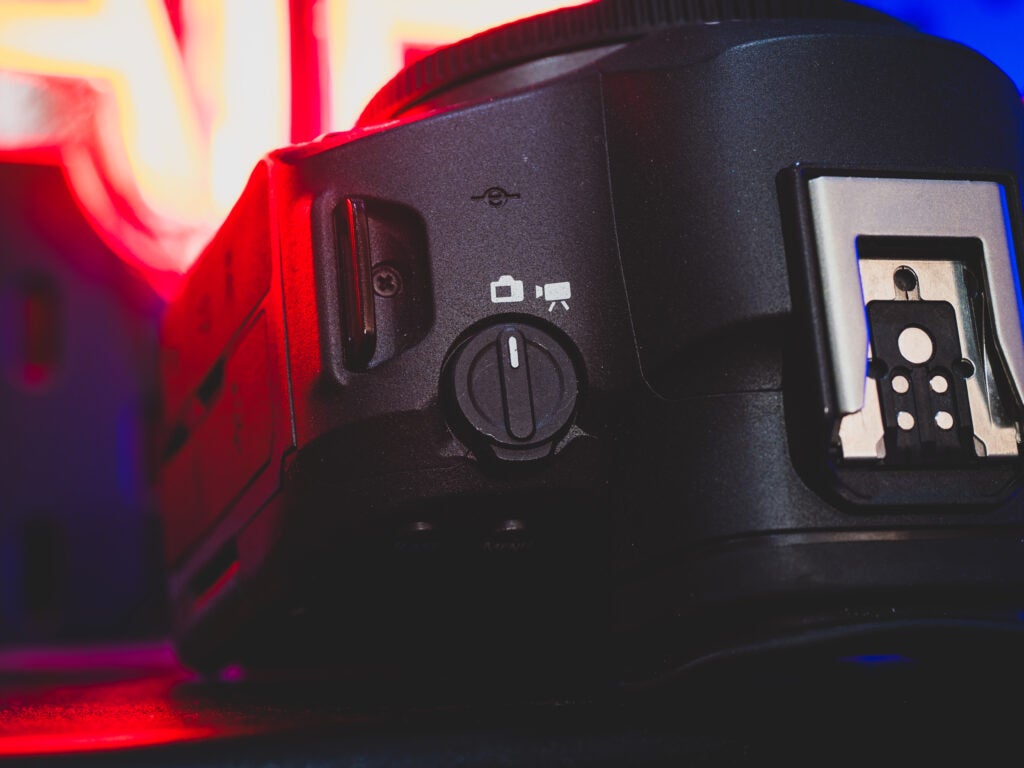
Another feature of note comes into play when the user wants to create a frame with front to back sharpness. The Focus Bracketing mode has been seen in Canon cameras before, but the R6 Mark II includes Depth Composite, which will allow for multiple frames to be captured, incrementally changing the focus point each time before emerging them together into one frame – doing away with the need for any additional software.
Like the original R6, the Mark II benefits from IBIS and Canon’s stabilisation technology is impressive, offering up to 8-stops of compensation which will prove hugely useful when shooting in low-light conditions where shutter speeds are slower and camera shake can be more pronounced.
Video
- 6K external video
- Ports for headphones and mic
- 180p slow motion
If you are looking for a full-frame mirrorless that can also cut it as a competent camera for creating movies, then the Canon EOS R6 Mark II has plenty of features to make your shortlist.
In fact, it can actually capture the ultra-high resolution 6K 60p Pro Res RAW if you pair the camera with an external device like an Atomos Ninja, but these high file sizes may prove to be overkill for most users. Instead, the more real-world option is the 4K 60p feature, and the big difference between the Mark II and the original R6 is that there is no crop with the newer Mark II.
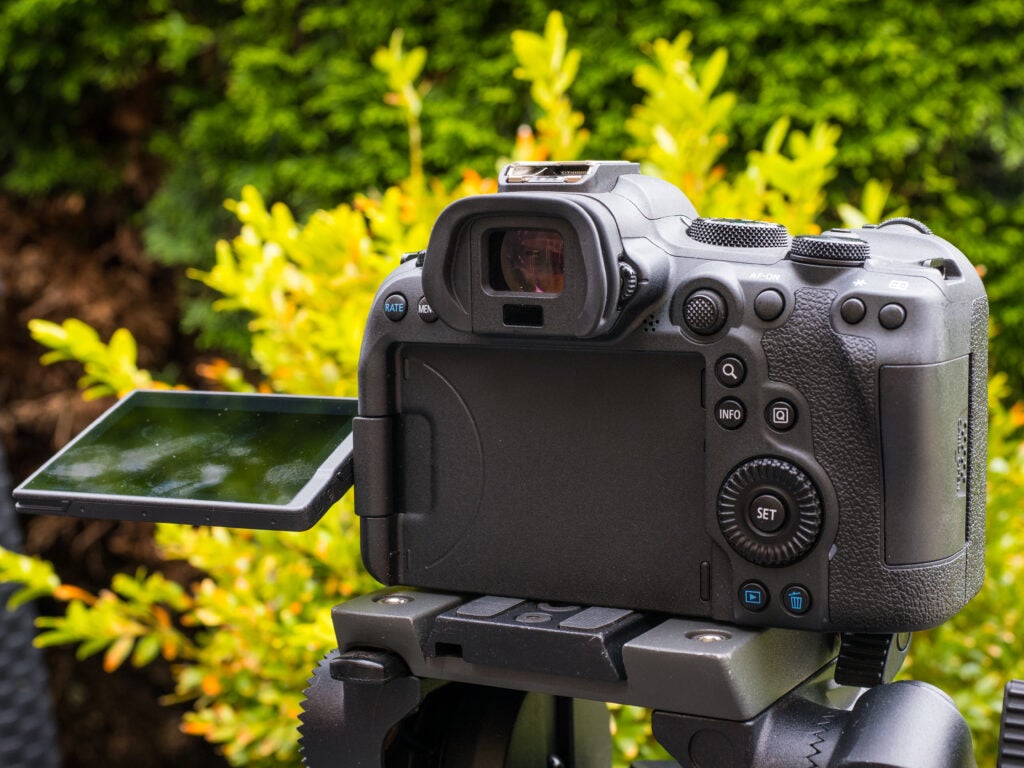
What’s more, there’s a difference when it comes to capturing slow motion footage because, although the Mark II can’t offer slow motion in 4K resolution (which is a disappointment), it does offer a higher frame rate than the older R6. In fact, it can capture 6x slow motion by shooting at 180p instead of 120p. This higher frame rate is important because it allows users to shoot slow motion sequences handheld with incredibly smooth results.
Additional movie features include Electronic Focus-breathing correction, which prevent that annoying pulsing effect when recording footage and it should be remembered that the R6 Mark II packs a dual SD card setup, so you can choose to make an instant backup of your video files, or you can instead record video to one card and stills to the other.
At the side of the R6 Mark II, you’ll find ports for headphones and an external microphone, so enhanced audio can be both captured and monitored. Unfortunately, Canon has persisted with the mini-style HDMI port rather than opting for a full-size version, so if you are intending to use an external monitor – I use the Atomos Shinobi – then you may need to buy an extra cable to get the right connection.
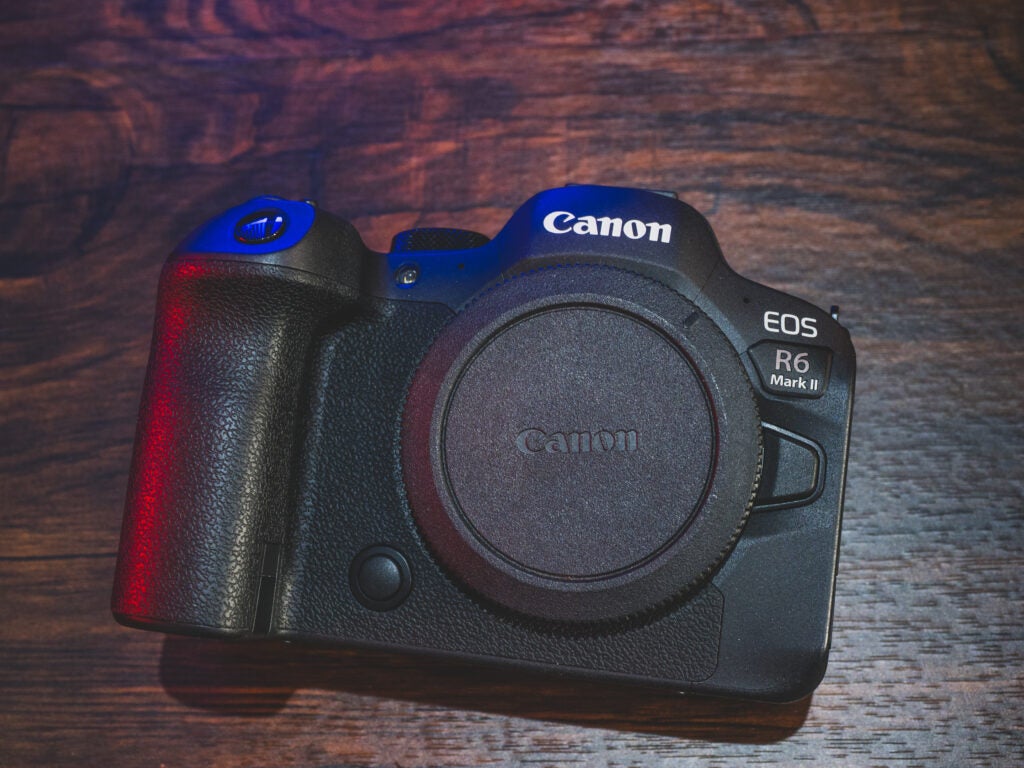
The video quality is amazing and users also have the option of using Canon Log profiles for that flatter look that gives more tolerance in editing software such as Adobe Premiere. The only niggle from this department is the red tally light that surrounds the LCD – on the original R6 it stays red, but on the Mark II it flashes on/off, which I found distracting.
It should also be noted that while video files on the original R6 were limited to 30 minutes, the R6 Mark II offers unrestricted recording times (should you have big enough memory cards) and the overheating issues that some R6 users experienced when capturing 4K footage have been addressed with the R6 Mark II featuring more efficient heat management.
Image Quality
- 14-Bit RAW files
- C-RAW option for smaller file sizes
- Minimal digital noise
Because the Canon EOS R6 Mark II balances speed with resolution, the truth is that there are rivals who will offer more than the 24-megapixels than the Mark II can deliver, but it’s worth taking a step back here and seeing the bigger picture.
The R6 Mark II shoots 14-bit RAW files that capture a huge amount of tonal details and do a great job of helping photographers rescue overblown skies or brighten up areas of darker detail and I found the image quality to be first class.
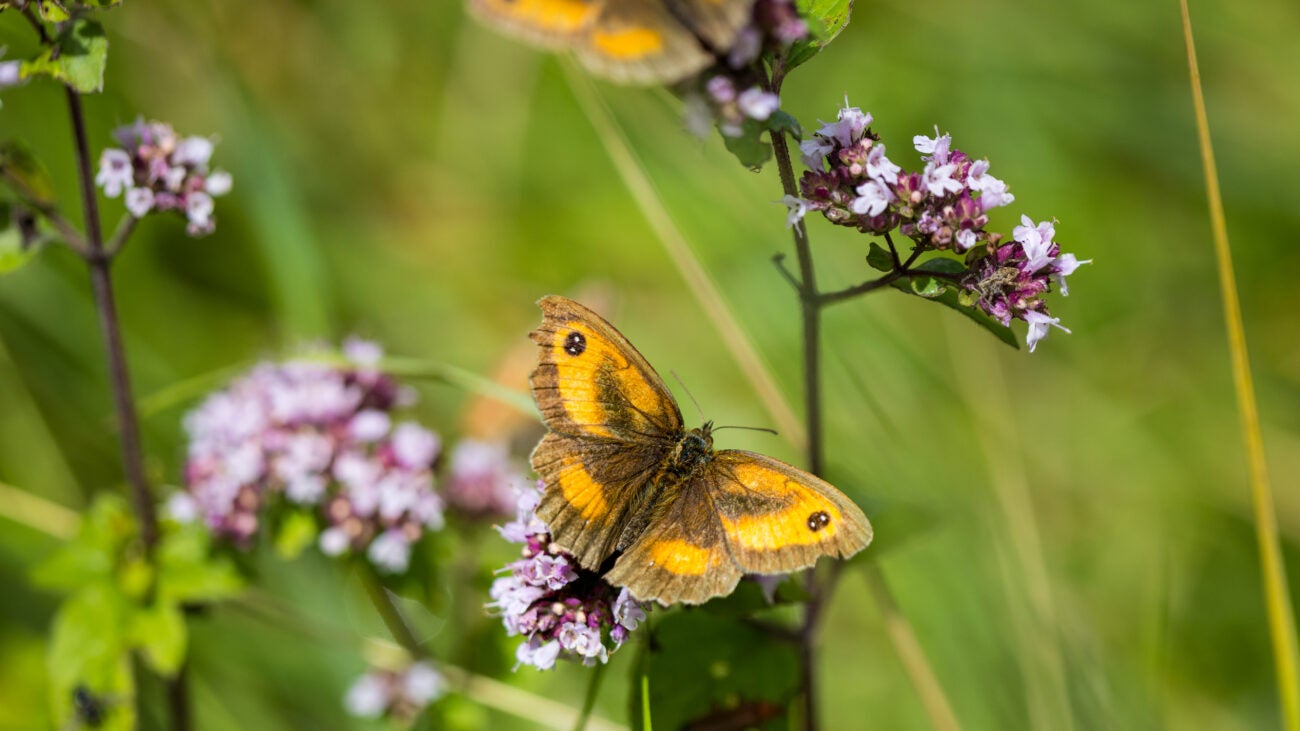

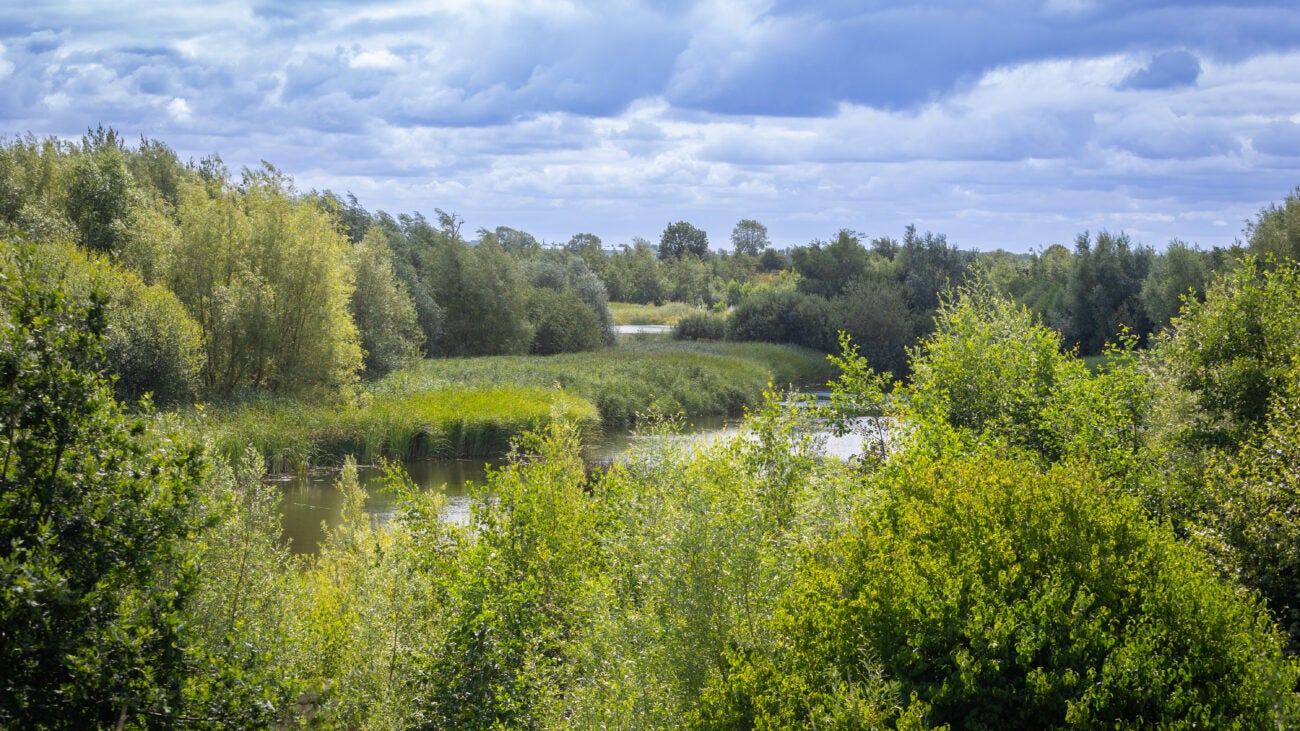

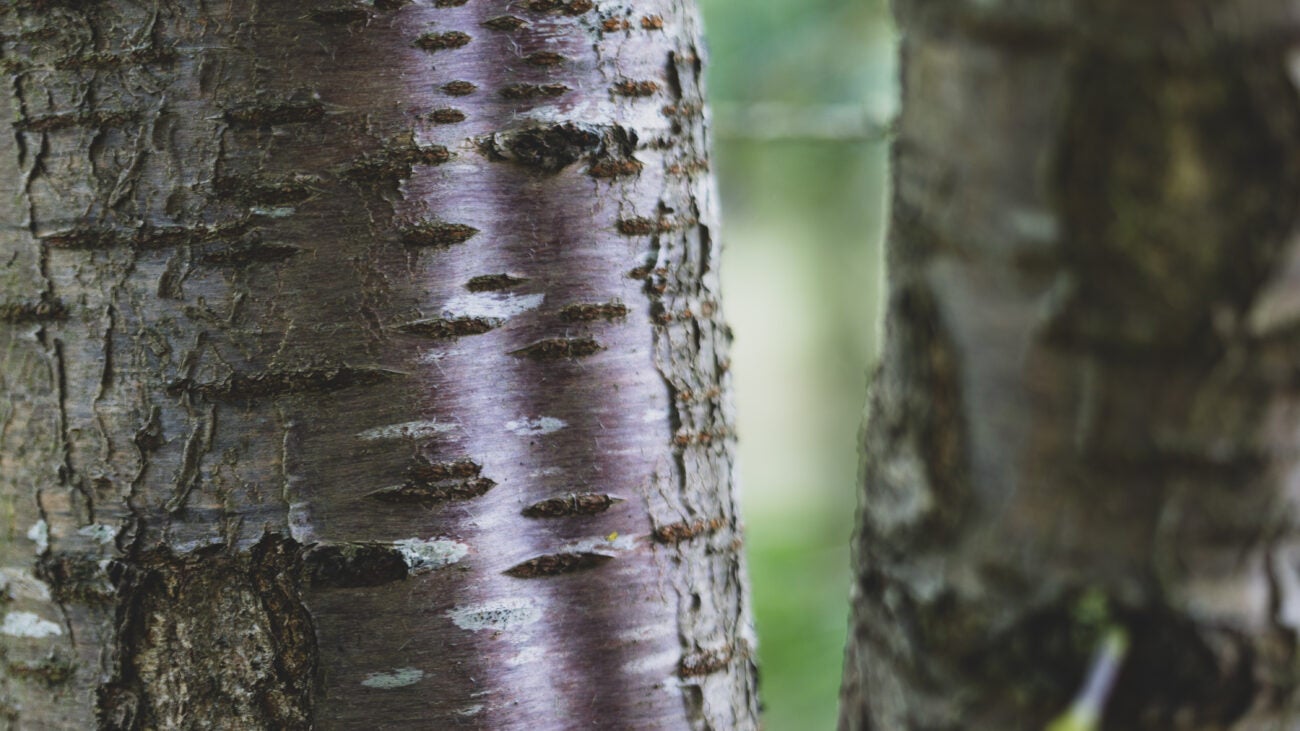
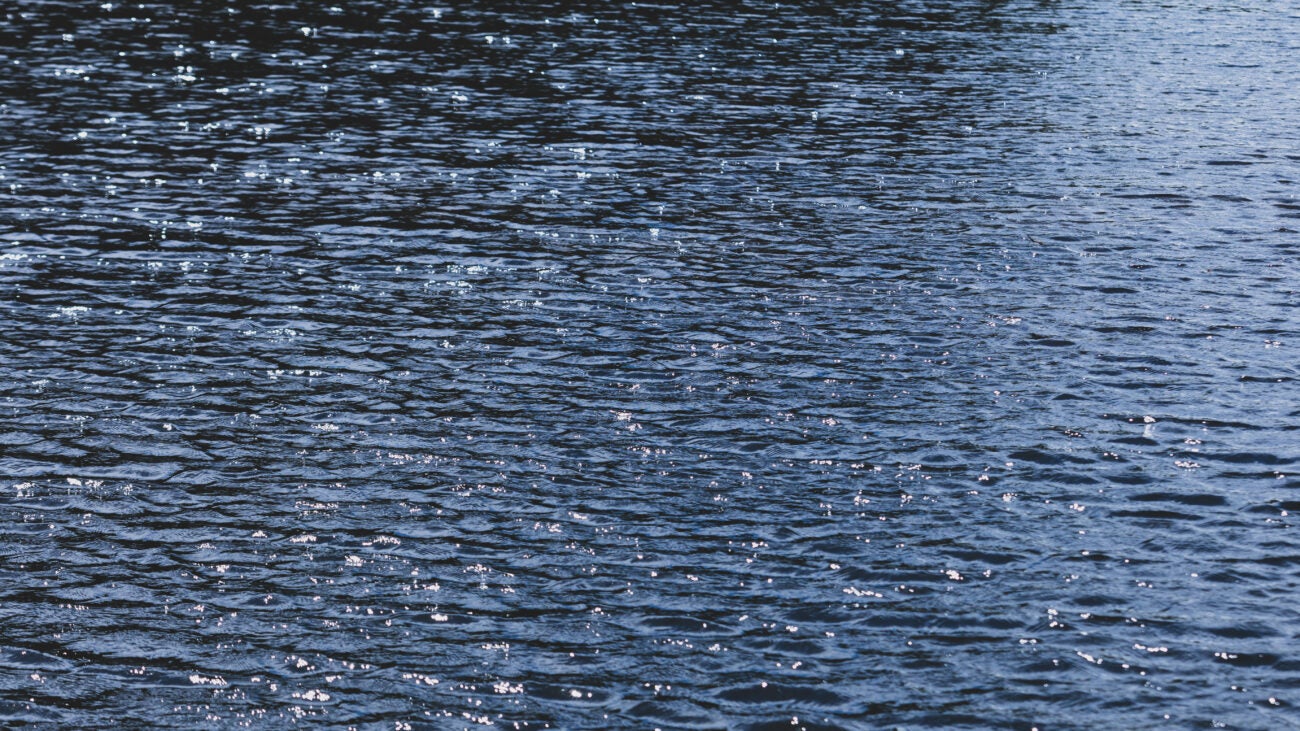

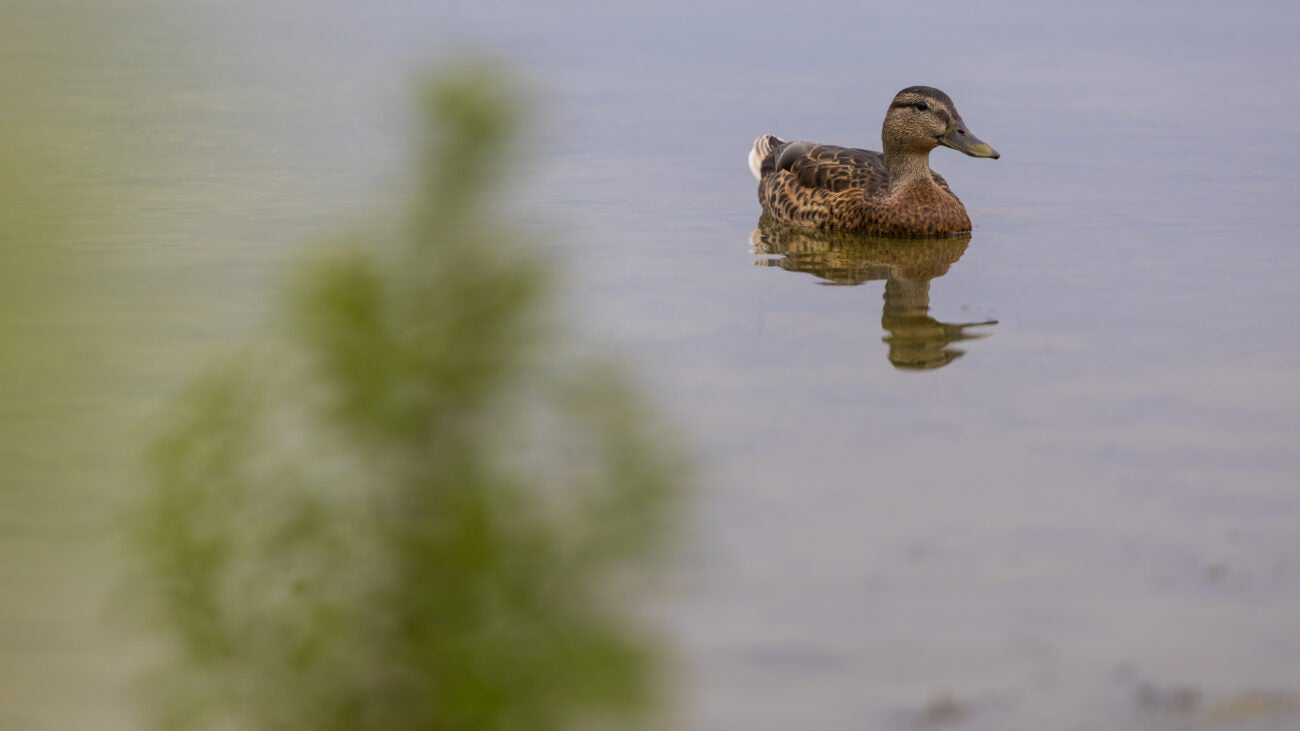

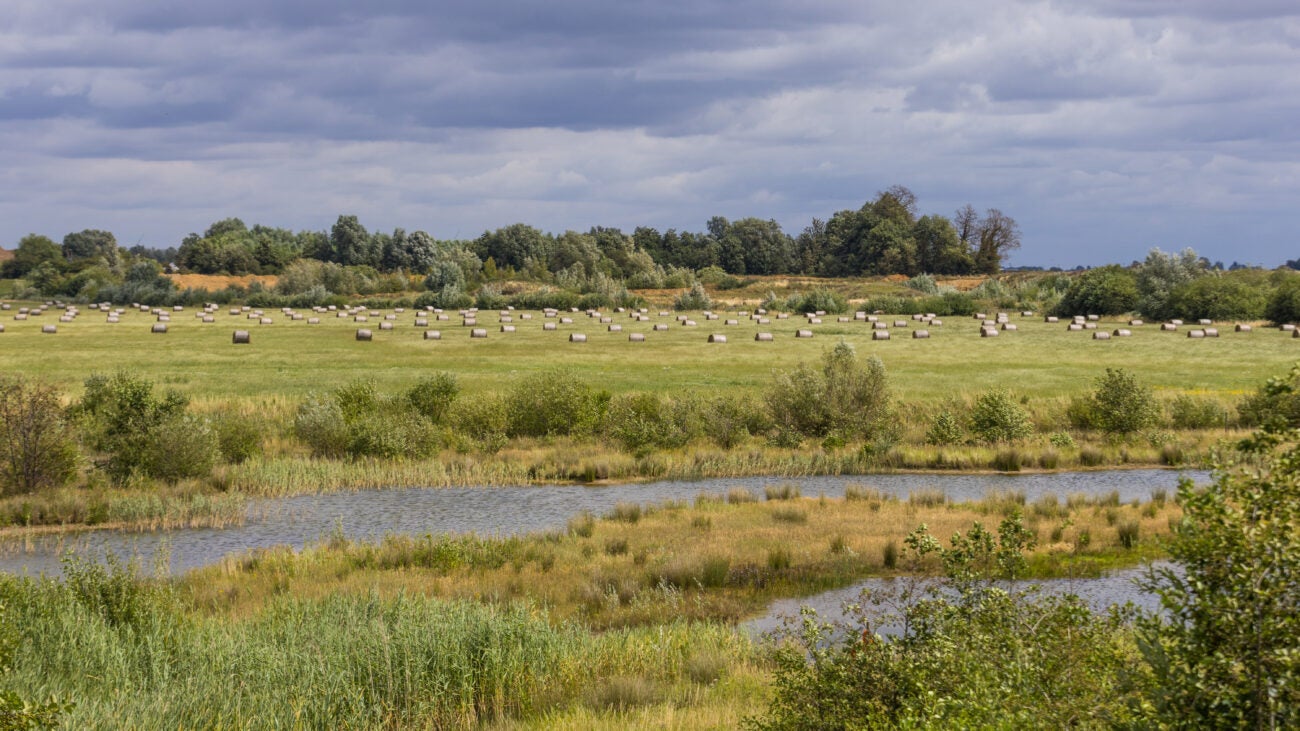
Is the image quality an improvement on the original R6? Well, yes, but not by a huge margin as it was already pretty impressive with good colour rendition and that Canon colour science which photographers have always loved. The EOS R6 Mark II colours are vibrant, but not oversaturated and no unnecessary colour casts.
While some may look at the megapixel count and worry, it’s worth remembering the R6 Mark II can capture files measuring 6000×4000 pixels, and this is more than enough to produce A3 prints or give photographers some latitude to crop in without compromising on overall image quality.
Digital Noise is handled extremely well and if you do employ a high ISO – say 25600 – you can easily clean up speckles or noise using RAW conversion software while still maintaining the details in your subjects. The Canon R6 Mark II does also offer the option of Compressed RAW files to save space on your memory cards, but I generally don’t bother with this format as memory cards are more affordable these days anyway.
Latest deals
Should you buy it?
You want an all-in-one mirrorless camera:
The R6 Mark II isn’t exactly cheap, but make no mistake, it offers incredibly good value. This is an all-in-one mirrorless for those photographers out there who want a full-frame camera to try out multiple photographic genres.
You already own the original Canon EOS R6:
If you already own the original R6, then you may find the improvements are not quite enough to warrant upgrading. For more options, check out our Best Cameras list.
Final Thoughts
Packed with cutting edge technology to capture amazing stills imagery, the Canon EOS R6 Mark II also excels as a movie-centric camera, offering plenty of features that are more commonly associated with far more expensive Cine cameras like the R5C or C70.
Sure to be embraced by both professionals and enthusiasts alike, the R6 Mark II has all the ingredients for a hugely popular and reliable full-frame mirrorless camera, while still offering additional physical benefits, such as being compact and lightweight. For even more options, check out our Best Cameras list.
How we test
We test every camera we review thoroughly. We use set tests to compare features properly and we use it as our main device over the review period. We’ll always tell you what we find and we never, ever, accept money to review a product.
Used the camera for at least a week
Tested both photo and video
FAQs
The Canon EOS R6 Mark II features a full-frame 24-megapixel CMOS sensor and features 20% more resolution than the original R6.
The Canon R6 Mark II can shoot 6K video, but only to an external device. Internally, the camera can capture 4K video to 60p and slow motion up to 180p, but only in Full HD.
Yes, the pairing of 24-megapixels of resolution and the max burst rate of 40 frames per second (electronic shutter) meaning you can capture fast sequences of your wildlife subjects while still producing frames with decent resolution in RAW file format.


